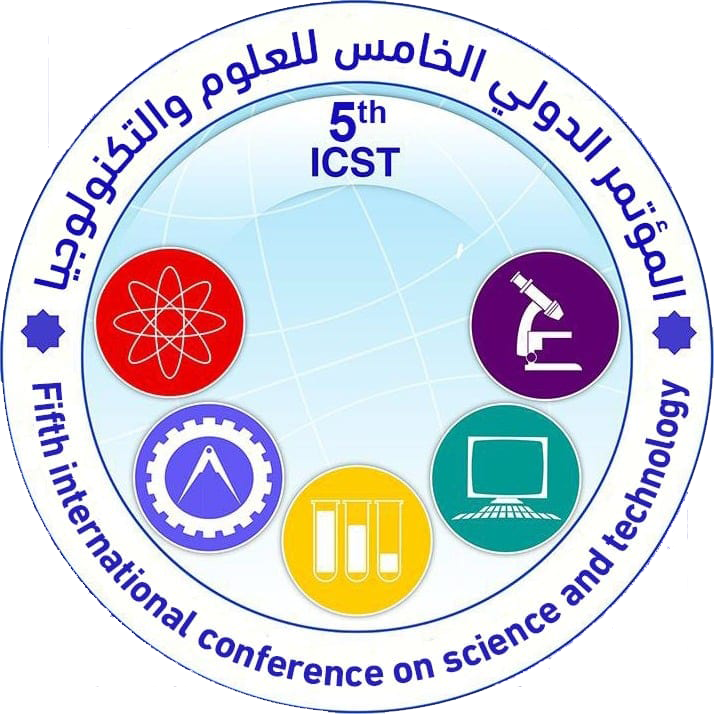Olive genetic resources in Tunisia : Diversity and valorization
Abstract
The olive plantation in Tunisia is very ancient, which resulted in a great genetic diversity that was preserved in the olive collection in the Tunisian city of Sfax (rainy regime and arid climate). The collection contains 145 local varieties and 53 foreign varieties from 11 countries at present. The olive productivity in the period 2007-2019 proves a diversity in the rates from 0.46 to 20.06 kg/tree and indicates the presence of high-yielding local varieties with variable alternate bearing. In terms of the oil acidic composition, the analyzes showed the presence of 14 varieties with high oleic acid content (>70%) and medium contents for palmitic and linoleic acids, making them of high quality and conformed to commercial and health specifications and distinct from the reference variety in Tunisia 'Chemlali Sfax'. Choosing distinct olive varieties from the Bougrara collection will increase olive production in Tunisia and improve the oil quality for greater export opportunities.
Full text article
Authors
Copyright (c) 2022 Journal of Pure & Applied Sciences

This work is licensed under a Creative Commons Attribution 4.0 International License.
In a brief statement, the rights relate to the publication and distribution of research published in the journal of the University of Sebha where authors who have published their articles in the journal of the university of Sebha should how they can use or distribute their articles. They reserve all their rights to the published works, such as (but not limited to) the following rights:
- Copyright and other property rights related to the article, such as patent rights.
- Research published in the journal of the University of Sebha and used in its future works, including lectures and books, the right to reproduce articles for their own purposes, and the right to self-archive their articles.
- The right to enter a separate article, or for a non-exclusive distribution of their article with an acknowledgment of its initial publication in the journal of Sebha University.
Privacy Statement The names and e-mail addresses entered on the Sabha University Journal site will be used for the aforementioned purposes only and for which they were used.





